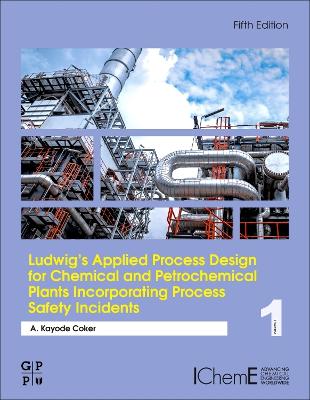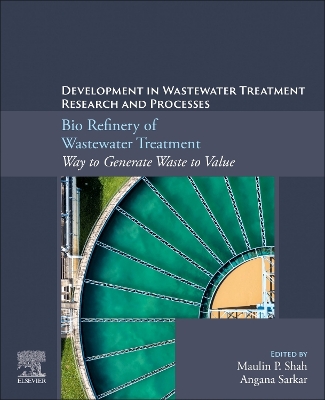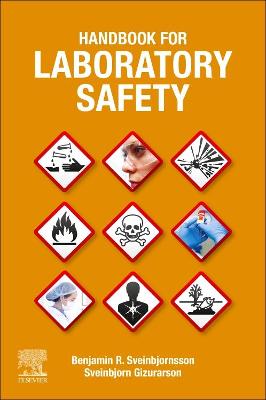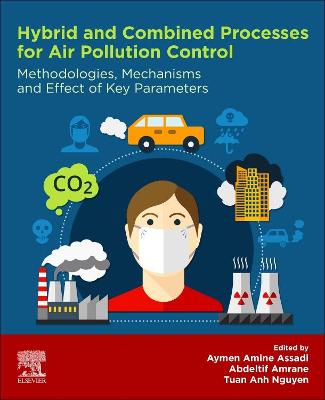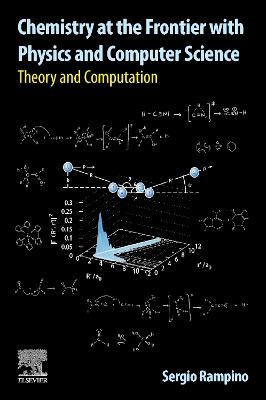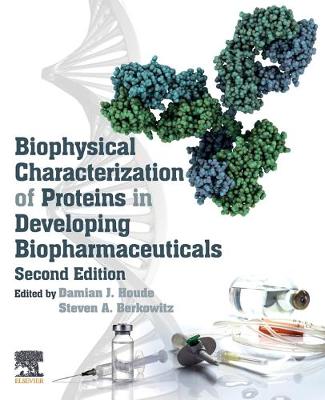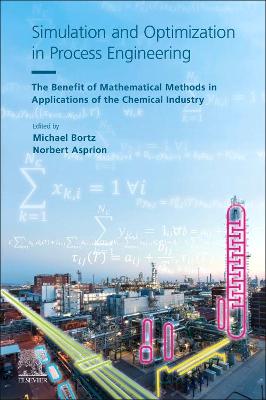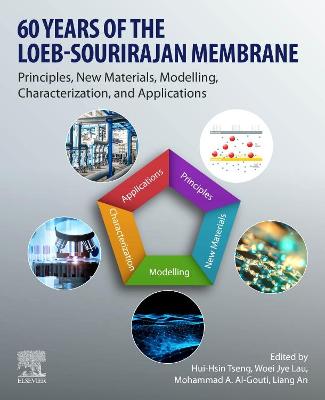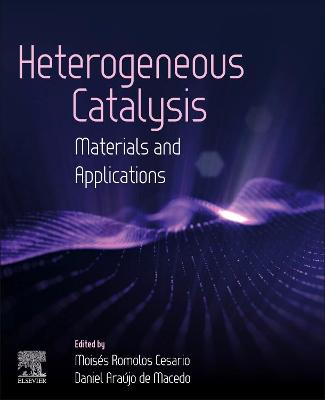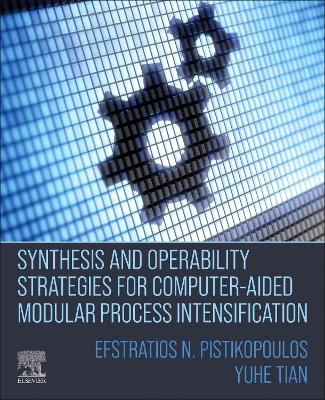Lead-Acid Batteries for Future Automobiles
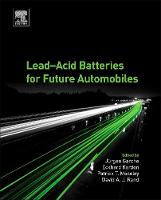 -10%
portes grátis
-10%
portes grátis
Lead-Acid Batteries for Future Automobiles
Garche, Juergen; Karden, Eckhard; Moseley, Patrick T.; Rand, David A. J.
Elsevier Science & Technology
03/2017
706
Dura
Inglês
9780444637000
15 a 20 dias
1110
I Overview 1. Development trends for future automobiles and their demand on the battery Eckhard Karden 2. Overview of batteries for future automobiles Peter Kurzweil and Juergen Garche 3. Lead-acid battery fundamentals David A. J. Rand and Patrick T. Moseley 4. Current research topics for lead-acid batteries Matthias Kuipers, Dirk Uwe Sauer, Monika Kwiecin and Philipp Schroeer
II Battery Technology 5. Flooded SLI and Enhanced Flooded Batteries (EFB): State of the art Manfred Gelbke and Christian Mondoloni 6. Automotive absorbent glass mat (AGM) lead-acid batteries: state-of-the-art Automotive absorbent glass mat (AGM) lead-acid batteries: State of the art Joern Albers and Eberhard Meissner 7. Performance-enhancing materials for lead-acid battery negative plates Patrick T. Moseley, David A. J. Rand and Ken Peters 8. Positive Active Materials for lead-acid battery plates Rainer Wagner 9. Lead current collectors for lead-acid batteries R David Prengaman 10. Alternative current collectors Angel Kirchev 11. Cell design for high-rate operation Norbert Maleschitz 12. Towards sustainable road transport with the UltraBattery Lan Lam, Jun Furukawa, K. Smith and David A. J. Rand
III Application Technology 13. Lead-acid battery operation in micro-hybrid and electrified vehicles Christopher Chumchal and Dennis Kurzweil 14. Monitoring techniques for 12 V lead-acid batteries in automobiles Eberhard Schoch, Joachim Kizler, Clemens Schmucker, Britta Kronenberg, Marcus Bremmer, Juergen Schoettle, Michel Ruch and Martin Koenigsmann 15. Dual battery systems for 12-Volt automotive power supply Armin Warm and Matthew Denlinger 16. Basics on lead-acid battery modeling and simulation Moritz Huck, Dirk Uwe Sauer, Julia Badeda, Jan Kabzinski and Jonathan Wirth 17. Lead-acid batteries for heavy trucks Jean Paul Douady, Liao Wang, Jean-Francois Sarrau, Samia Fouache and Marleen Boucoiran 18. Lead-acid batteries for E-bicycles and E-scooters Juergen Garche
IV Product Life Cycle 19. Standards and Tests for lead-acid batteries in automotive applications Torsten Hildebrandt, Osada Akira, Shawn Peng and Timothy Moyer 20. Recycling concepts for lead-acid batteries R David Prengaman and Abbas H. Mirza
V Outlook 21. Lead-acid batteries for future automobiles: status and prospects Patrick T. Moseley, Juergen Garche and David A. J. Rand
I Overview 1. Development trends for future automobiles and their demand on the battery Eckhard Karden 2. Overview of batteries for future automobiles Peter Kurzweil and Juergen Garche 3. Lead-acid battery fundamentals David A. J. Rand and Patrick T. Moseley 4. Current research topics for lead-acid batteries Matthias Kuipers, Dirk Uwe Sauer, Monika Kwiecin and Philipp Schroeer
II Battery Technology 5. Flooded SLI and Enhanced Flooded Batteries (EFB): State of the art Manfred Gelbke and Christian Mondoloni 6. Automotive absorbent glass mat (AGM) lead-acid batteries: state-of-the-art Automotive absorbent glass mat (AGM) lead-acid batteries: State of the art Joern Albers and Eberhard Meissner 7. Performance-enhancing materials for lead-acid battery negative plates Patrick T. Moseley, David A. J. Rand and Ken Peters 8. Positive Active Materials for lead-acid battery plates Rainer Wagner 9. Lead current collectors for lead-acid batteries R David Prengaman 10. Alternative current collectors Angel Kirchev 11. Cell design for high-rate operation Norbert Maleschitz 12. Towards sustainable road transport with the UltraBattery Lan Lam, Jun Furukawa, K. Smith and David A. J. Rand
III Application Technology 13. Lead-acid battery operation in micro-hybrid and electrified vehicles Christopher Chumchal and Dennis Kurzweil 14. Monitoring techniques for 12 V lead-acid batteries in automobiles Eberhard Schoch, Joachim Kizler, Clemens Schmucker, Britta Kronenberg, Marcus Bremmer, Juergen Schoettle, Michel Ruch and Martin Koenigsmann 15. Dual battery systems for 12-Volt automotive power supply Armin Warm and Matthew Denlinger 16. Basics on lead-acid battery modeling and simulation Moritz Huck, Dirk Uwe Sauer, Julia Badeda, Jan Kabzinski and Jonathan Wirth 17. Lead-acid batteries for heavy trucks Jean Paul Douady, Liao Wang, Jean-Francois Sarrau, Samia Fouache and Marleen Boucoiran 18. Lead-acid batteries for E-bicycles and E-scooters Juergen Garche
IV Product Life Cycle 19. Standards and Tests for lead-acid batteries in automotive applications Torsten Hildebrandt, Osada Akira, Shawn Peng and Timothy Moyer 20. Recycling concepts for lead-acid batteries R David Prengaman and Abbas H. Mirza
V Outlook 21. Lead-acid batteries for future automobiles: status and prospects Patrick T. Moseley, Juergen Garche and David A. J. Rand

